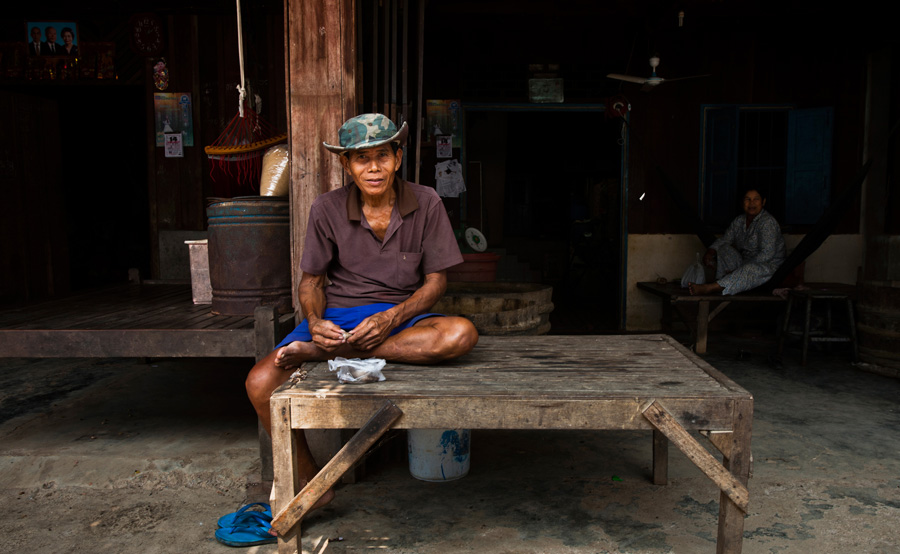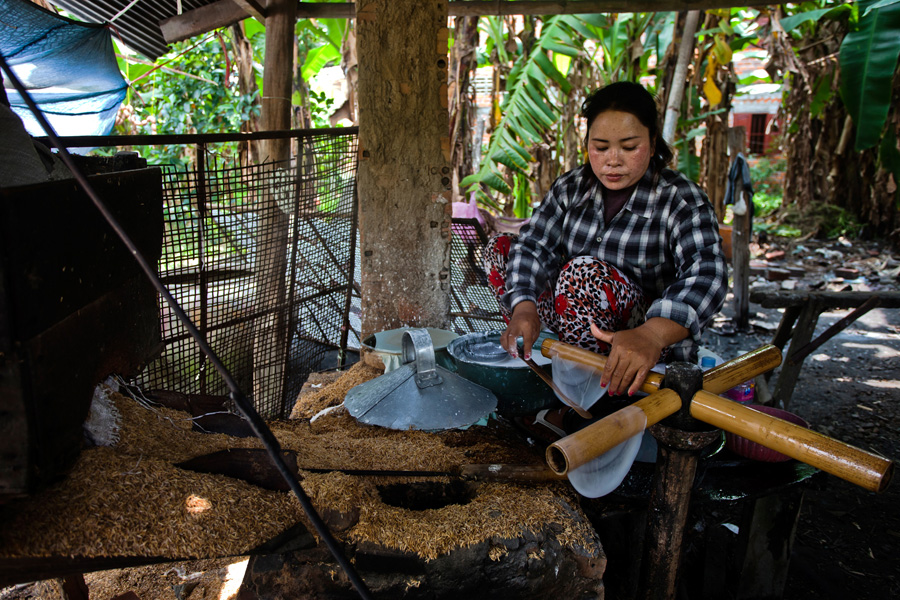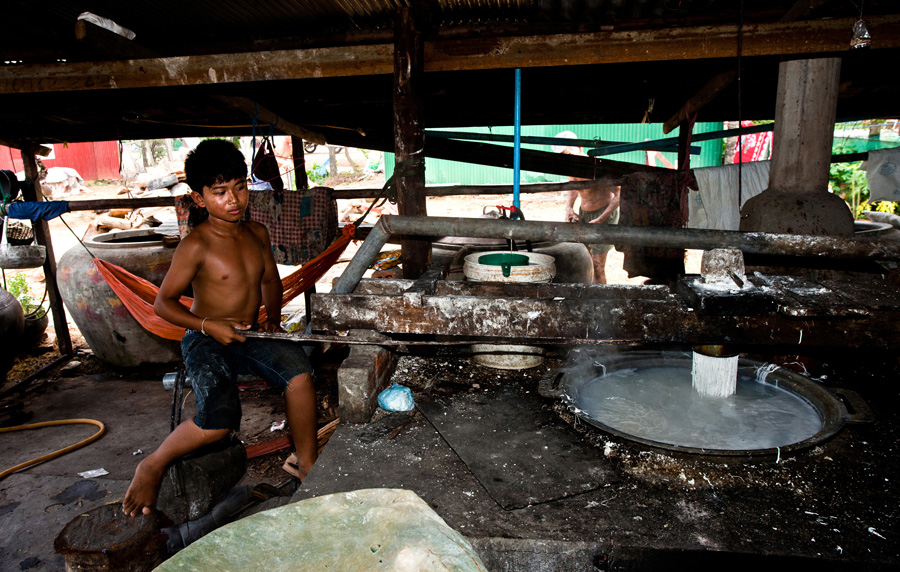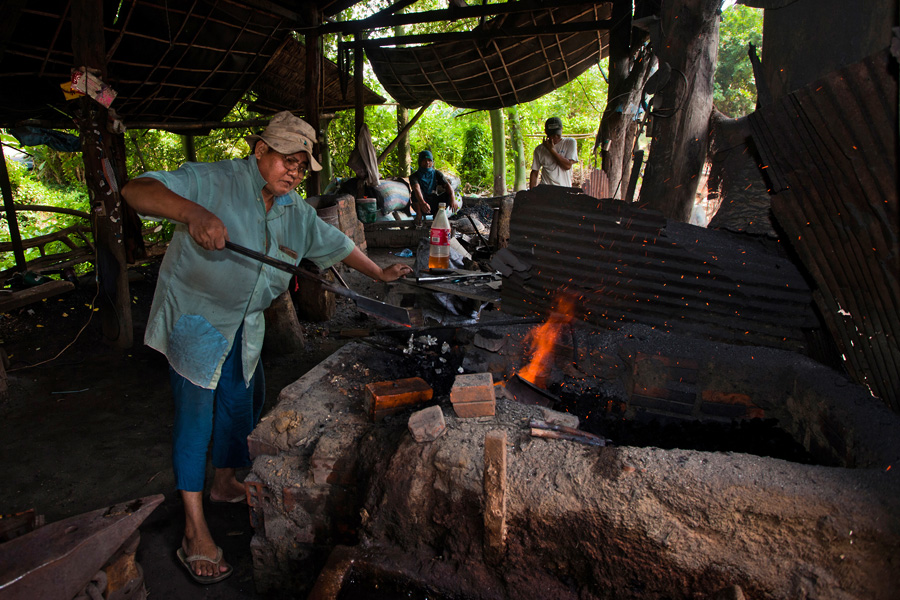Travel Photography: In Cambodia, on an untrodden path…
This article appeared in October issue of Terrascape magazine, where I write a column on photography. Read all the earlier travel photography articles on India Travel & Photography Blog.
Sometimes, being open to possibilities lets you discover (and photograph) a whole new world that you would have otherwise missed by a whisker. We often travel in search of beauty, staying alert to see and capture new places and cultures. But more often than not, we tread the beaten path as we follow guidebooks, accept itineraries or simply go by what is well-known.
About a month ago, a Tuk Tuk driver in Battambang, Cambodia, invited me to try out something else. He said, “let’s go on a small adventure; I will take you to the rural interiors and we will visit families practicing traditional occupations for a very long time”. I wasn’t really prepared for this. When someone stranger, whose credentials are unknown to you makes such offer, you are more likely to decline than accept. For some reason, my sixth sense said ‘let us go,’ and I agreed to his idea. What I saw and experienced next day with the Tuk Tuk driver was just the kind of things I was looking for, but never knew whom to ask.
Next morning, the Tuk Tuk driver began our tour by taking us to a village where the primary occupation of most families was making rice-paper used in making spring rolls. This was interesting, but nevertheless not a secret and was already popular with tourists. I enjoyed being there and had nothing to complain, though. But subsequently, we drove through many a rural roads that didn’t seem to see any visitors.
The next few hours turned out to be fun. We were first taken to a small house that had stacked up large bunches of bananas. Some family members sat around a table, slicing the perfectly ripe bananas into small pieces and laying them neatly on a bamboo mat. They were making what can be best described as ripe banana chips, apparently popular with local people as well Asian tourists.
Subsequently, we went to meet a family where three generation of its members were all involved in making rice noodles using an efficient but non-mechanised assembly line. Men were breaking wood for cooking, which was supplied to the baking unit when ready. The youngest ones were responsible for pressing the rice flour into noodles and pushing it into a cauldron of boiling water. Once boiled, everyone else in the house would extract the noodles and organize it neatly for selling.
None of these, it appeared from what I saw, were in any listed tourist stopover and they weren’t easy to find on your own either.
On the next stop, we visited a small factory that made fish-paste. It was a smelly place with a large number of fish being cut and thrown into the next processing unit, which did not yield very well for photography. While the workplace wasn’t exactly photogenic, people at the place were, and we ended up making a few portraits. On our next stop, and the last one, was a black-smithy establishment. Fires sparked as they should when the black-smiths pounded on the burning hot sickles, making way for interesting images.
We spent considerable time in each of these places, trying understand their work and what they are making, and also making many images in the process. We would never have made it to these places unless we trusted in an enterprising tuk-tuk driver. Sometimes, going with a local person and keeping our eyes open may lead to possibilities that we would never have thought of.



